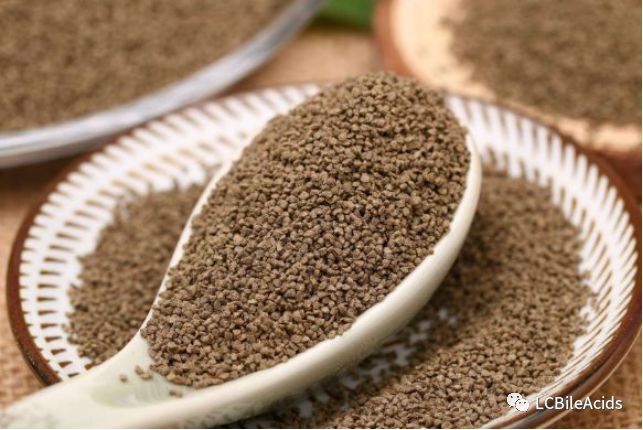How to improve the feed conversion ratio

In the aquaculture production, the cost of feed is the main part, which account for at least 60% of the total cost. Therefore, to increase the feed utilization and reduce the FCR is very important to reduce the feed cost and improve economic benefit.Feed conversion refers to the ratio between feed intake and fish body weight gain during the whole culture cycle.
When we calculate the feed conversion, the weight of fish and shrimp is calculated according to wet weight. Assuming that the feed conversion is 1.0-1.5, the water content in feed is 10% and the dry weight of fish and shrimp is 25% of the body weight. Under the above conditions, 0.65-0.76 kg of aquaculture waste can be produced each 1 kilo of feed. Therefore, in the actual production process, the nutrient composition of feed deposited in aquatic animals only accounts for 25% - 35% (usually the utilization efficiency of granule materials is lower). Other nutrients are discharged into the water by dissolution, the residual feed, feces and various metabolites.
How to reduce the FCR?
1. Clear the pond.
Before the start of breeding, thoroughly remove the wild fish in the pond to reduce the increasing of FCR caused by the feeding of the fish. For the water surface that cannot completely clear the pond, you can use the net lifting or other trapping method to remove the wild fish.
2. Management of water quality.
Aquaculture water is the living environment of aquatic animals. Poor water quality has a direct impact on their physiological functions. It will directly affect the appetite of fish, resulting in decreased digestive function of the intestines and reduced digestibility of nutrients in the intestines. The feed conversion will increase. Especially dissolved oxygen.
3.Feeding should not be too late.
Experienced farmers know that feeding should not be too late, because the digestion of feed is an oxygen-consuming process, feeding too late can easily lead to digestive hypoxia. At feeding time, in many pond feeding areas the dissolved oxygen is less than 3 mg. When aquatic animals feed, the feed conversion in feeding area of dissolved oxygen 3 mg is at least 1 times larger than that at 6 mg per liter.
Therefore, using equipment in the feeding area to provide continuous and stable dissolved oxygen to help maintain fish appetite and improve feed digestibility.
4. The maintenance of the intestinal tract during the breeding process.
The intestinal tract is the most important organ for digestion and absorption of feed nutrients. Therefore, the health of the intestine has a direct impact on the feed coefficient. In the breeding process, high-quality probiotics, yeast extracts and other ingredients can be used regularly to protect the intestines, which helps to maintain the normal digestion and absorption function of the intestines and promote the absorption and utilization of nutrients in the feed.
Nowadays, feeders machines are using in ponds. In order to save time, many farmers pour feed into machines but don’t look at it. The correct way is to look back at fish feeding in 30 minutes. Adjusting the amount of feed in time according to the feeding condition of fish can also find out whether there is any abnormality in the feeding process of fish in time.








